Pradeep Ramuhalli
A Provably Accurate Randomized Sampling Algorithm for Logistic Regression
Feb 29, 2024


Abstract:In statistics and machine learning, logistic regression is a widely-used supervised learning technique primarily employed for binary classification tasks. When the number of observations greatly exceeds the number of predictor variables, we present a simple, randomized sampling-based algorithm for logistic regression problem that guarantees high-quality approximations to both the estimated probabilities and the overall discrepancy of the model. Our analysis builds upon two simple structural conditions that boil down to randomized matrix multiplication, a fundamental and well-understood primitive of randomized numerical linear algebra. We analyze the properties of estimated probabilities of logistic regression when leverage scores are used to sample observations, and prove that accurate approximations can be achieved with a sample whose size is much smaller than the total number of observations. To further validate our theoretical findings, we conduct comprehensive empirical evaluations. Overall, our work sheds light on the potential of using randomized sampling approaches to efficiently approximate the estimated probabilities in logistic regression, offering a practical and computationally efficient solution for large-scale datasets.
Multi-module based CVAE to predict HVCM faults in the SNS accelerator
Apr 20, 2023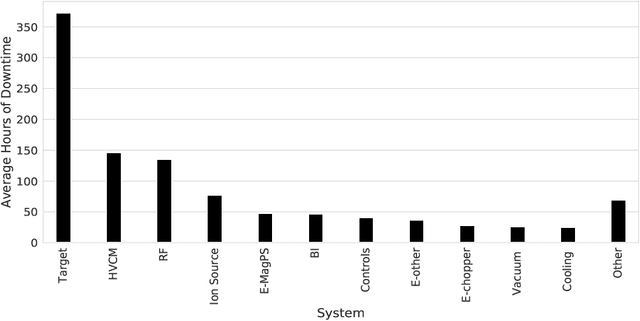



Abstract:We present a multi-module framework based on Conditional Variational Autoencoder (CVAE) to detect anomalies in the power signals coming from multiple High Voltage Converter Modulators (HVCMs). We condition the model with the specific modulator type to capture different representations of the normal waveforms and to improve the sensitivity of the model to identify a specific type of fault when we have limited samples for a given module type. We studied several neural network (NN) architectures for our CVAE model and evaluated the model performance by looking at their loss landscape for stability and generalization. Our results for the Spallation Neutron Source (SNS) experimental data show that the trained model generalizes well to detecting multiple fault types for several HVCM module types. The results of this study can be used to improve the HVCM reliability and overall SNS uptime
Fault Prognosis in Particle Accelerator Power Electronics Using Ensemble Learning
Sep 30, 2022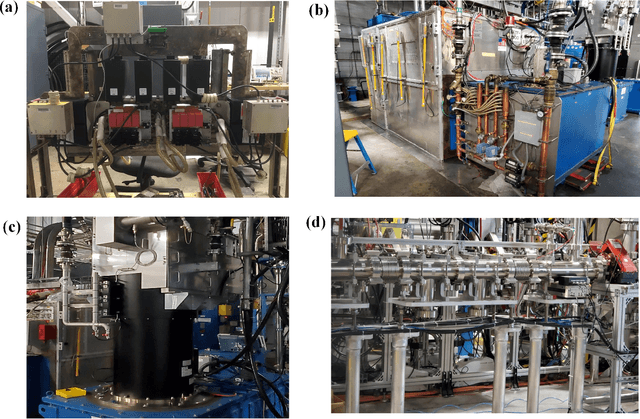
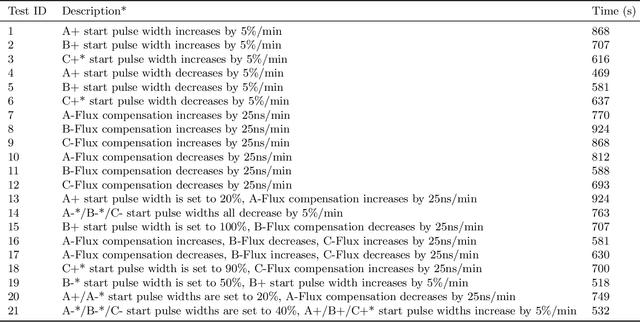
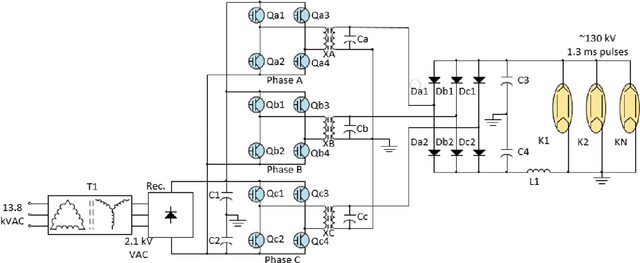
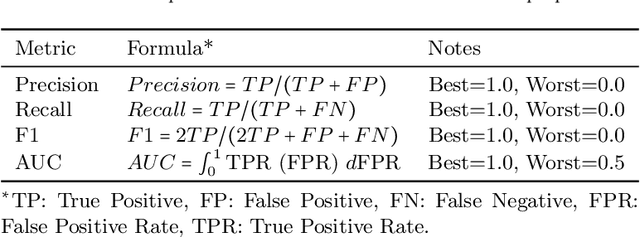
Abstract:Early fault detection and fault prognosis are crucial to ensure efficient and safe operations of complex engineering systems such as the Spallation Neutron Source (SNS) and its power electronics (high voltage converter modulators). Following an advanced experimental facility setup that mimics SNS operating conditions, the authors successfully conducted 21 fault prognosis experiments, where fault precursors are introduced in the system to a degree enough to cause degradation in the waveform signals, but not enough to reach a real fault. Nine different machine learning techniques based on ensemble trees, convolutional neural networks, support vector machines, and hierarchical voting ensembles are proposed to detect the fault precursors. Although all 9 models have shown a perfect and identical performance during the training and testing phase, the performance of most models has decreased in the prognosis phase once they got exposed to real-world data from the 21 experiments. The hierarchical voting ensemble, which features multiple layers of diverse models, maintains a distinguished performance in early detection of the fault precursors with 95% success rate (20/21 tests), followed by adaboost and extremely randomized trees with 52% and 48% success rates, respectively. The support vector machine models were the worst with only 24% success rate (5/21 tests). The study concluded that a successful implementation of machine learning in the SNS or particle accelerator power systems would require a major upgrade in the controller and the data acquisition system to facilitate streaming and handling big data for the machine learning models. In addition, this study shows that the best performing models were diverse and based on the ensemble concept to reduce the bias and hyperparameter sensitivity of individual models.
Uncertainty aware anomaly detection to predict errant beam pulses in the SNS accelerator
Oct 22, 2021



Abstract:High-power particle accelerators are complex machines with thousands of pieces of equipmentthat are frequently running at the cutting edge of technology. In order to improve the day-to-dayoperations and maximize the delivery of the science, new analytical techniques are being exploredfor anomaly detection, classification, and prognostications. As such, we describe the applicationof an uncertainty aware Machine Learning method, the Siamese neural network model, to predictupcoming errant beam pulses using the data from a single monitoring device. By predicting theupcoming failure, we can stop the accelerator before damage occurs. We describe the acceleratoroperation, related Machine Learning research, the prediction performance required to abort beamwhile maintaining operations, the monitoring device and its data, and the Siamese method andits results. These results show that the researched method can be applied to improve acceleratoroperations.
 Add to Chrome
Add to Chrome Add to Firefox
Add to Firefox Add to Edge
Add to Edge